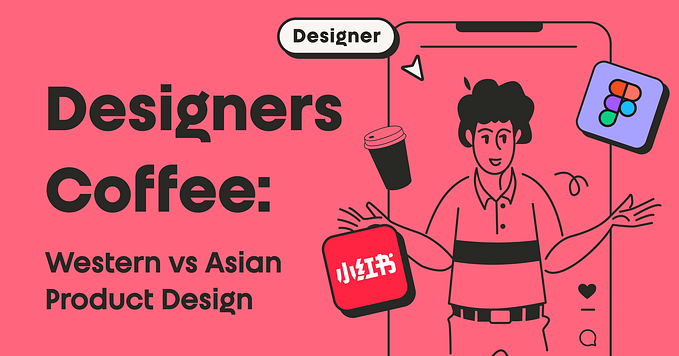How to conduct your first focus group discussion and make it an effective one

We conducted Focus group discussions hosted by new joiners of ZestMoney. We are also incidentally new to Focus group discussions. In this post, I am going to share the process we chalked out and our learnings at each step. Eventually, this helped build customer empathy — as we drive future value creation through our products.
1. Choosing the participants
We invited our loyal customers to understand how they want to use ZestMoney in addition to paying in easy EMIs. We also wanted to understand; how we might front-load their needs into some of our upcoming products (read product roadmap). This also gave new joiners, a chance to speak to and understand first hand; how useful and special ZestMoney is to our customers.
First, we shared invites to the cohort of chosen customers to understand their willingness to visit our office. They knew it was going to be an interactive session to share their opinions and feedback on the product. Later we made calls to a few, ensuring good representation from all age groups. With 20 participants, we got enough customers to host 3 sessions of focus group discussions.
TIP: Be prepared for a drop off in the list of participants. Always call more people than you could accommodate to avoid last-minute surprises. Also, calling the participants again on the day of the event yields higher conversion.

2. Tailoring the format
Each session had 4 themes with around 20 questions. Majority of them were open-ended. The intent here was to build a train of thoughts in the participants during the first part. Here the moderator asks the questions and requests the participants to write down the answers in the notepads given to them. This way it doesn’t require the deft touch of a seasoned moderator — as we had all first-time moderators. The second part was about setting loose those thoughts before a group of peers, starting a discussion.
This helps participants, especially who are not outgoing, to channelise their thoughts and share it with their peers.
TIP: We tried both the methods — writing followed by discussion and just discussion. The former approach helped achieve better participation from all the members. While the latter takes less time, it needs an expert moderator, who could steer the conversation to involve everyone.

3. Prepping the team
Moderating focus groups video by Richard Krueger helped cover the ABC of focus group discussions. We did a mock focus group discussion with moderators as participants and discussed the 4 themes in detail. This gave us a chance to test the theory before the actual session. With feedback from the mock session, we simplified the questions. We also prepared the moderators to answer any tangents that might come their way from the participants.
TIP: Have a mock session with more volunteers than required. In our case, it helped us when uninvited customers walked in, on the day of the session. We were able to host on the spot groups, with the newly trained moderators & note-takers.
4. On the day of the session
In the session, we had groups of 6–8 participants with a moderator and a note-taker. After a brief self-introduction, each participant shared their recent experience paying with ZestMoney EMI and the story behind the purchase. It helped break the ice in the group. We further requested the participants to write down in their notepad any feedback they may have. They could then focus on the session with a clear mind. We asked them to note down answers for each question on a book so they could organise their thoughts. On completing questions of each theme, we asked the participants to explain their thought process.
We recorded all of this for detailed listening & analysis. The group was thrilled to share their experience and expectations before their peers.
TIP: If you are going to record the audio, make sure the participants know this beforehand. If you are going to use a phone to record, put it on flight mode and ensure it has enough charge left.

How this helped
- New joiners had first hand interacted with customers.
- We gained empathy and awareness of customer needs.
- In the process, we also formed a volunteer team who is ready for more research activities.
Endnote
In this post, we haven’t detailed out the hypotheses of this research. As a general rule, one should have their hypotheses to able to conduct fruitful research. We also didn’t get into the details of research ops and synthesis of insights, as it is available in other posts written by the experts.
This is how we used the Focus group discussions, to kindle customer empathy in new joiners, besides validating a few hypotheses. We hope this helps start research in your firms and do it as effectively as experienced researchers.
- Cover photo by Dan Dimmock on Unsplash
- Vector art from freepik.com









